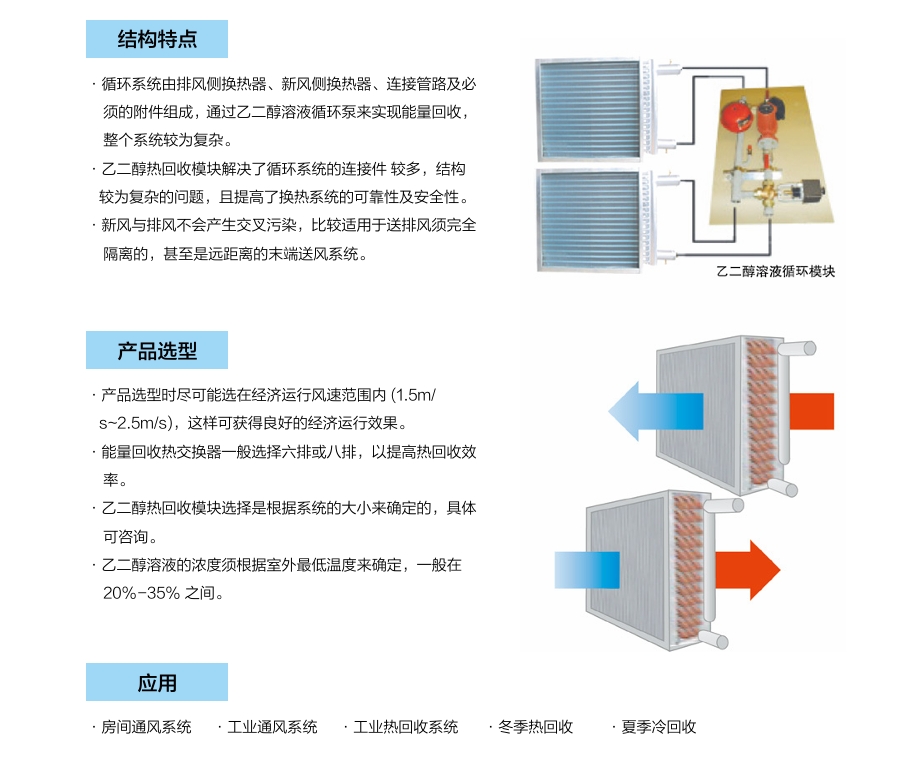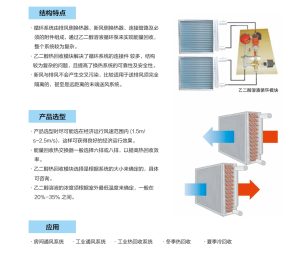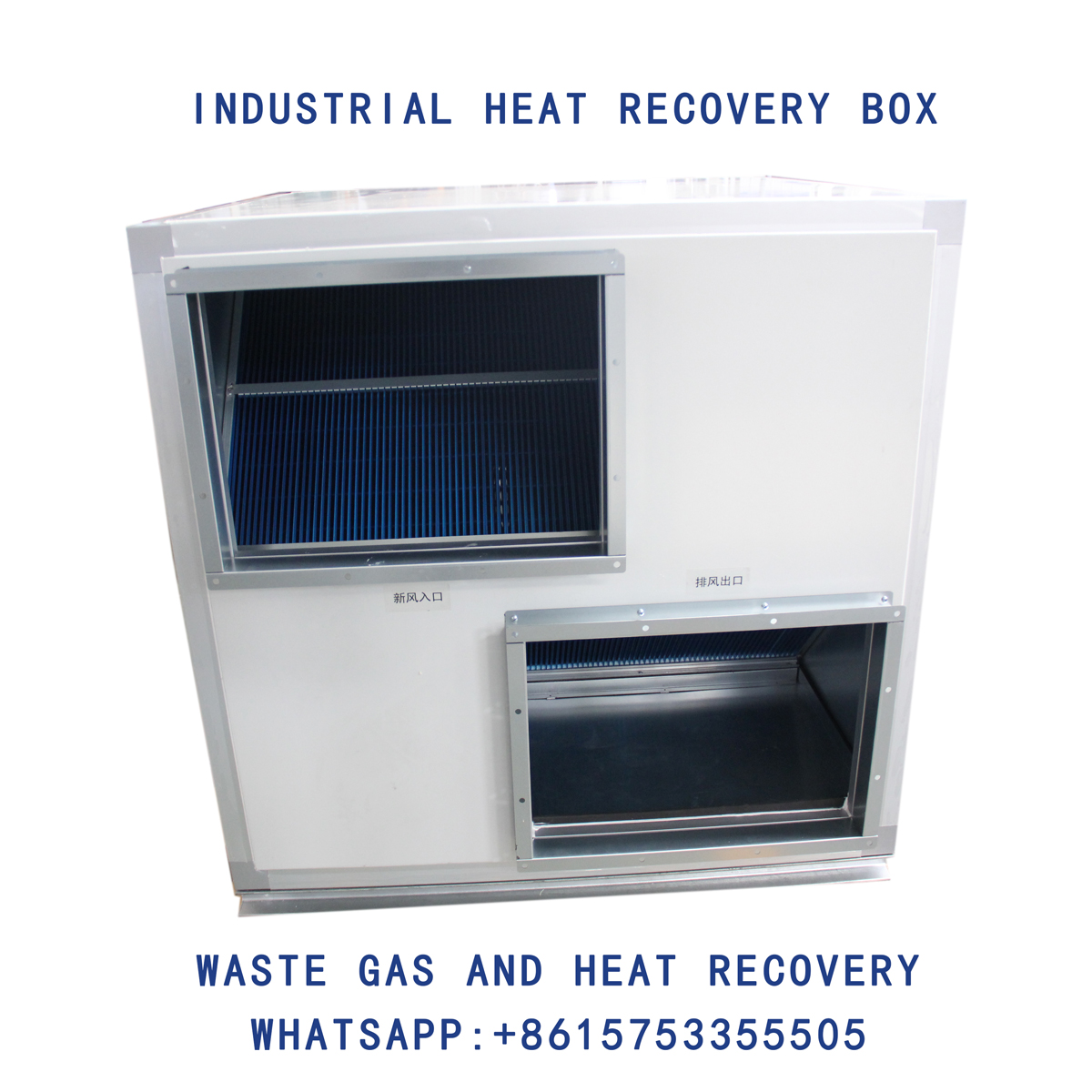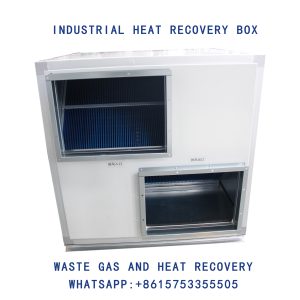In the coal mine ventilation shaft exhaust heat utilization project, the intermediate wall-type heat exchanger is a critical piece of equipment for safely transferring heat. Its role is not only about heat exchange efficiency but also about ensuring system safety and operational reliability. The specific functions of the intermediate wall-type heat exchanger are as follows:
To achieve the objectives of shaft freeze protection and winter heating in the auxiliary shaft area, the intermediate wall-type heat exchanger is responsible for safely isolating high-temperature return air from fresh air or clean media while enabling efficient heat exchange. Its primary functions include:
Efficient recovery and utilization of return air waste heat
Utilizing the significant sensible heat carried by return air, the heat is stably transferred to fresh air or hot water systems through the metal intermediate wall, raising the temperature of incoming fresh air into the shaft to above 2°C, meeting freeze protection requirements.
Ensuring cleanliness and safety during heat exchange
Return air contains dust, moisture, and even trace harmful gases, which cannot directly enter the fresh air system. The intermediate wall structure effectively isolates hot and cold media, preventing cross-contamination and ensuring underground air quality and operational safety.
Enhancing the operational reliability of the heating system
The heat exchanger has a robust structure and stable operation, continuing to output heat even under extreme cold conditions. This ensures the continuity and reliability of winter heating in the auxiliary shaft, reducing the operational burden and risks associated with traditional electric heating and boiler systems.
Promoting energy conservation, emissions reduction, and green mine development
Through efficient heat exchange, heating energy consumption and operational costs are significantly reduced, lowering carbon emissions. This provides technical support for coal mines to achieve clean production and green transformation.
Translated with DeepL.com (free version)




